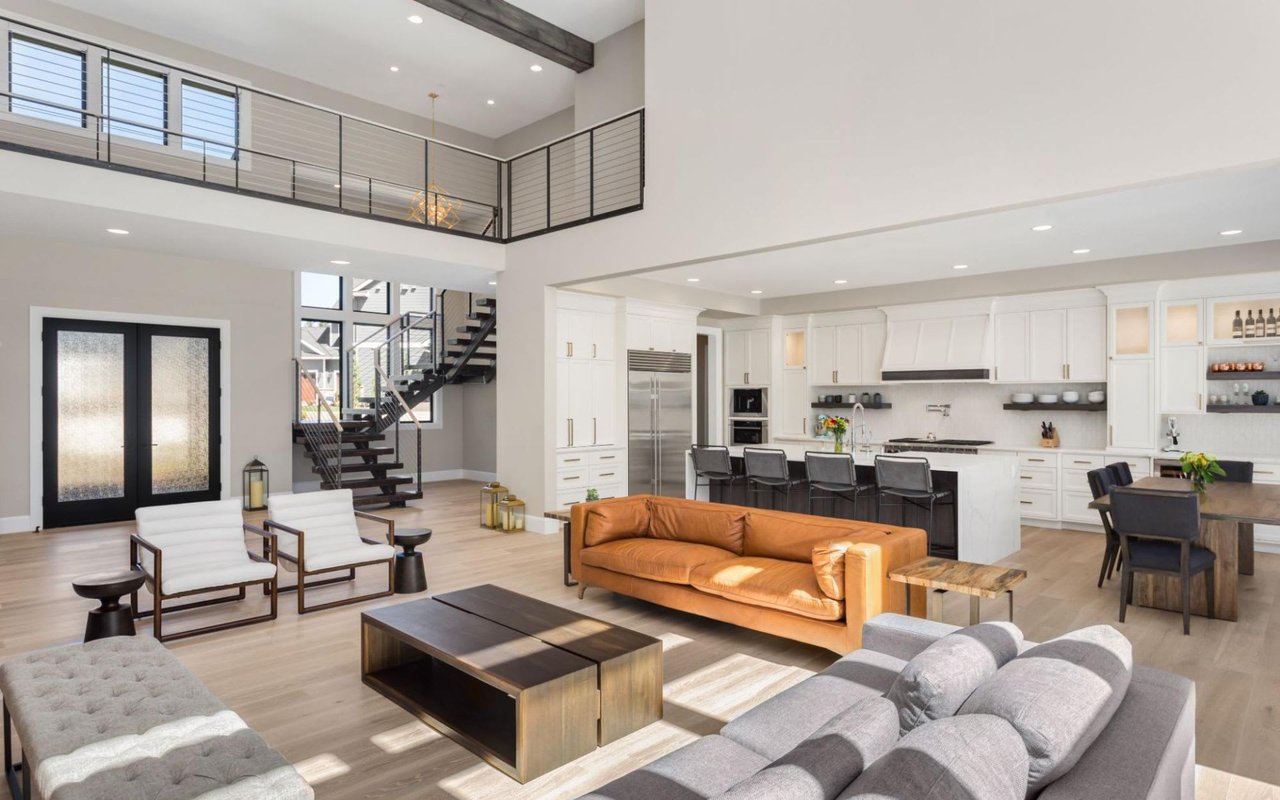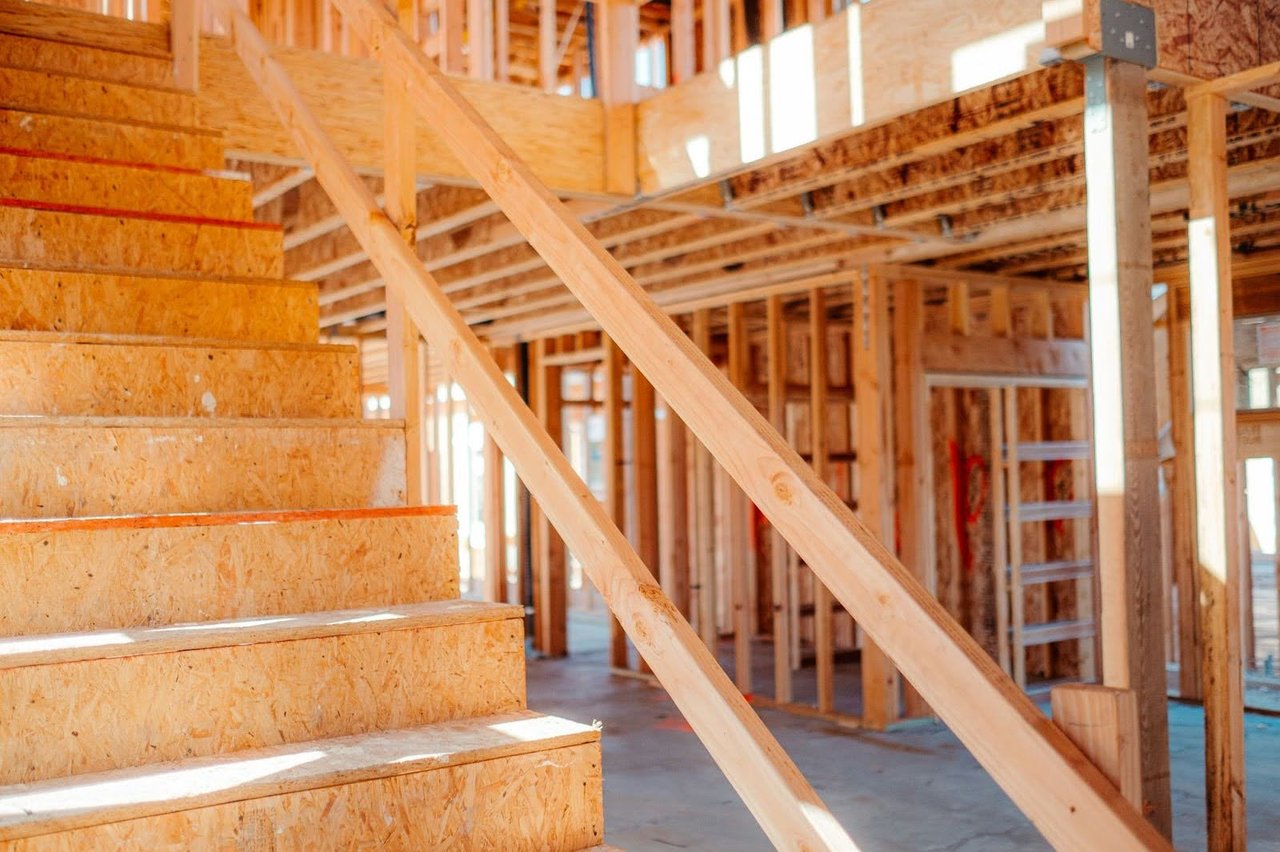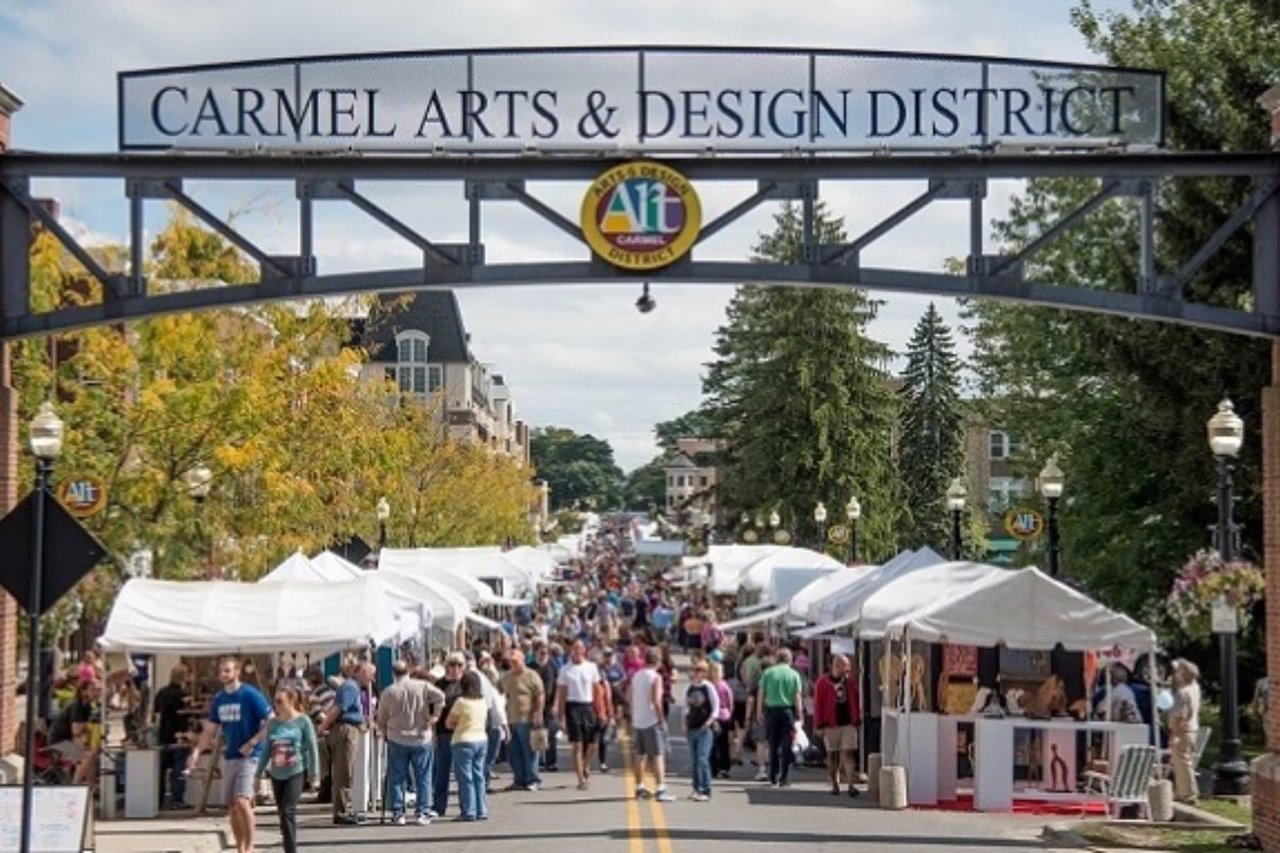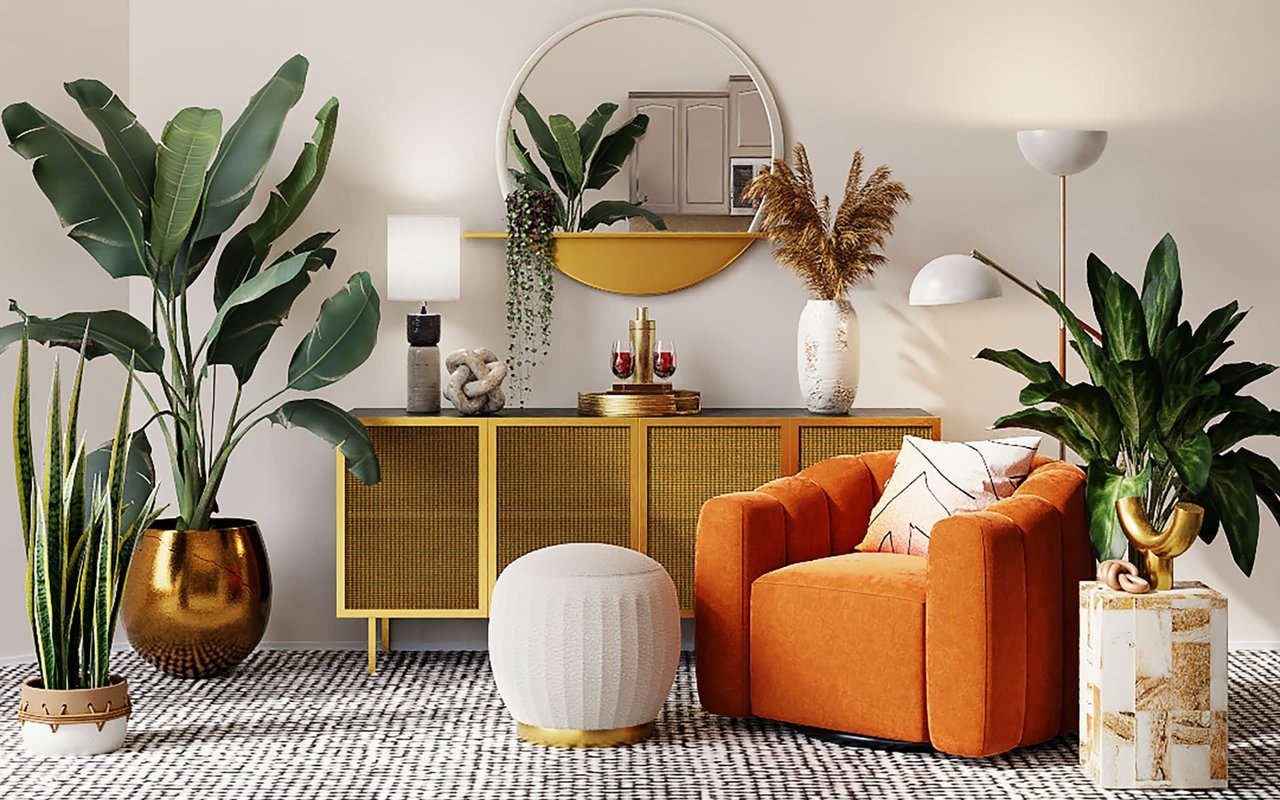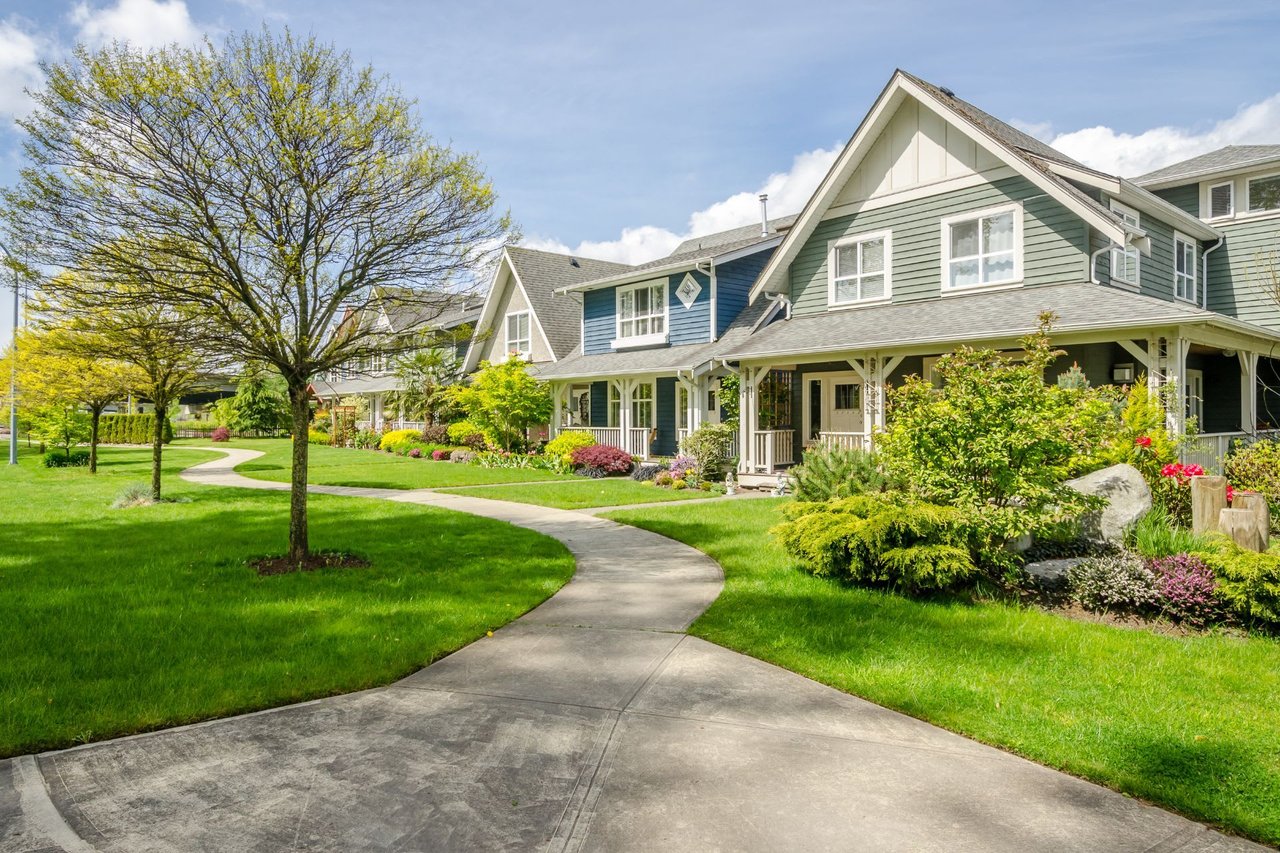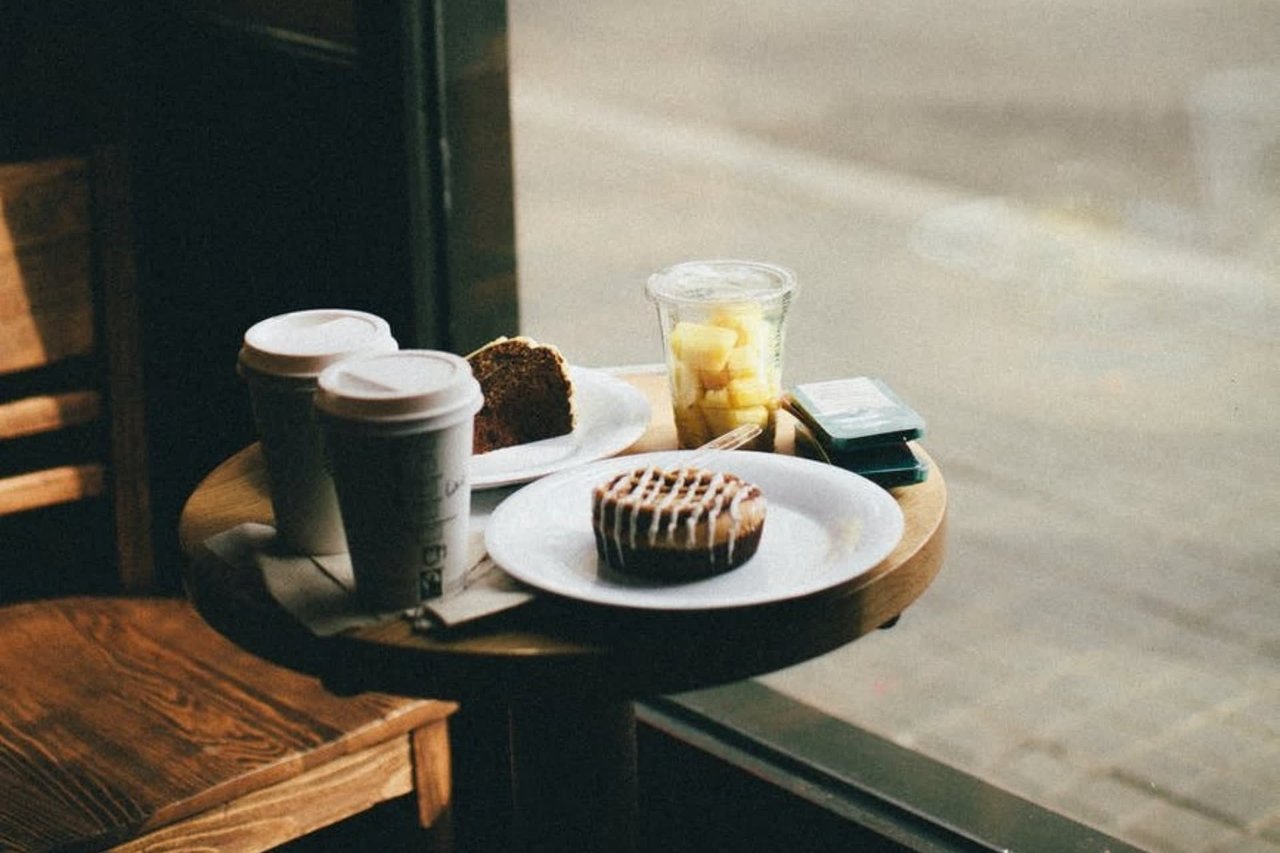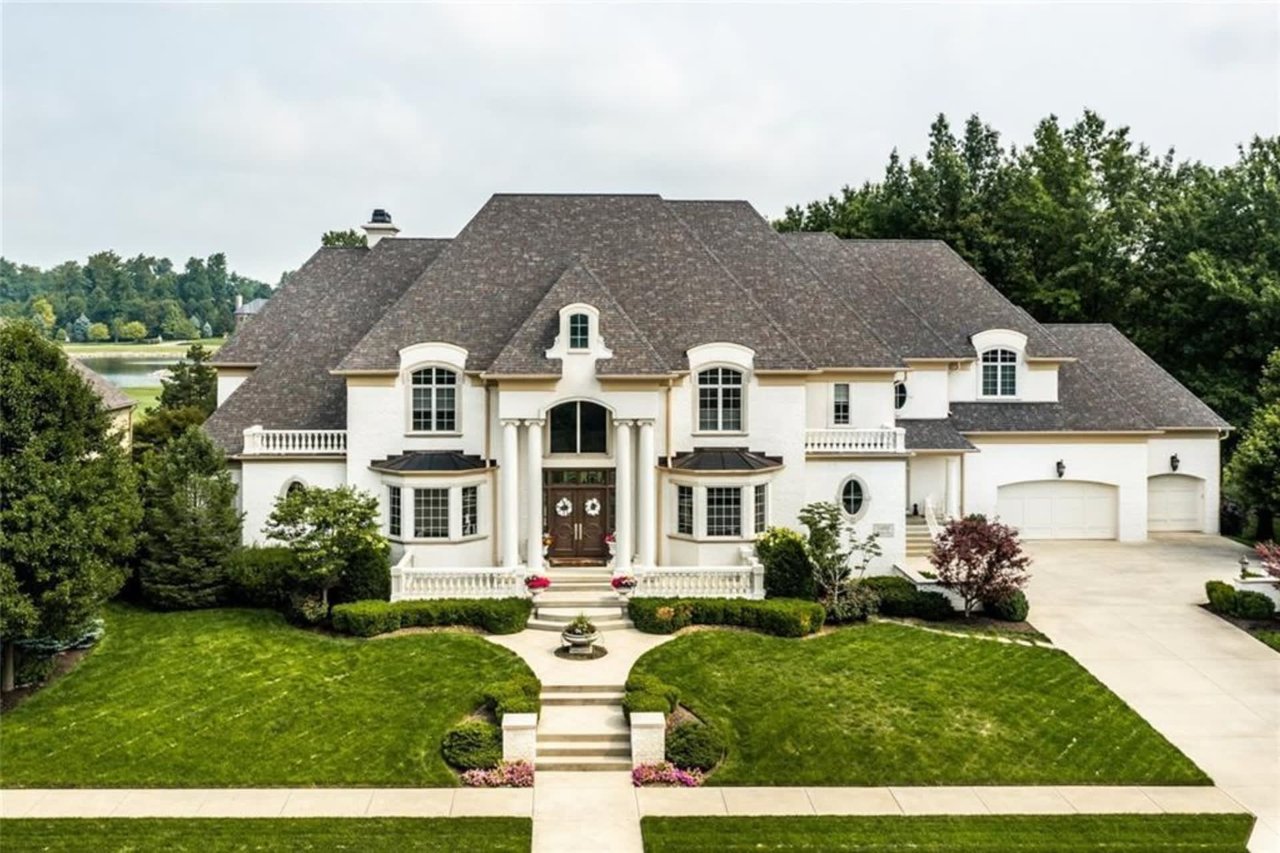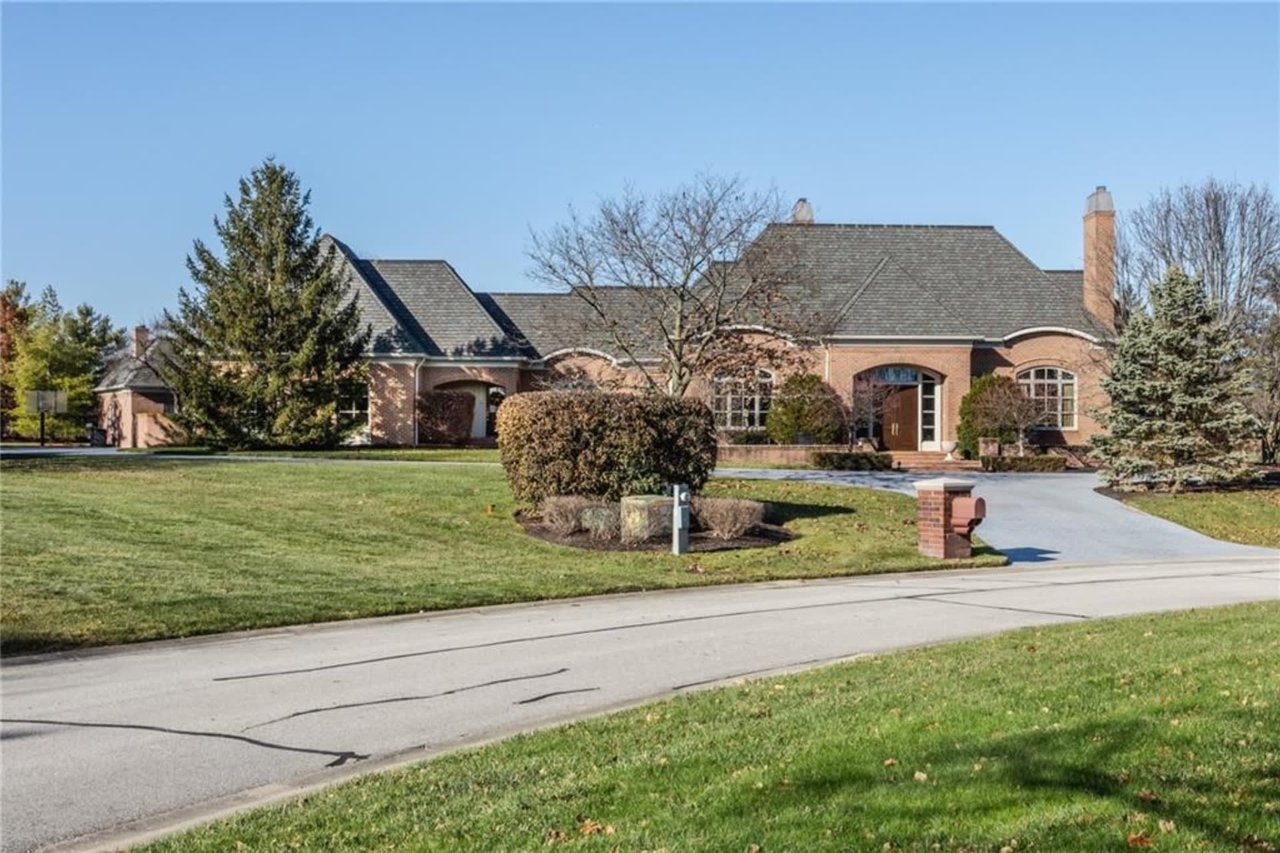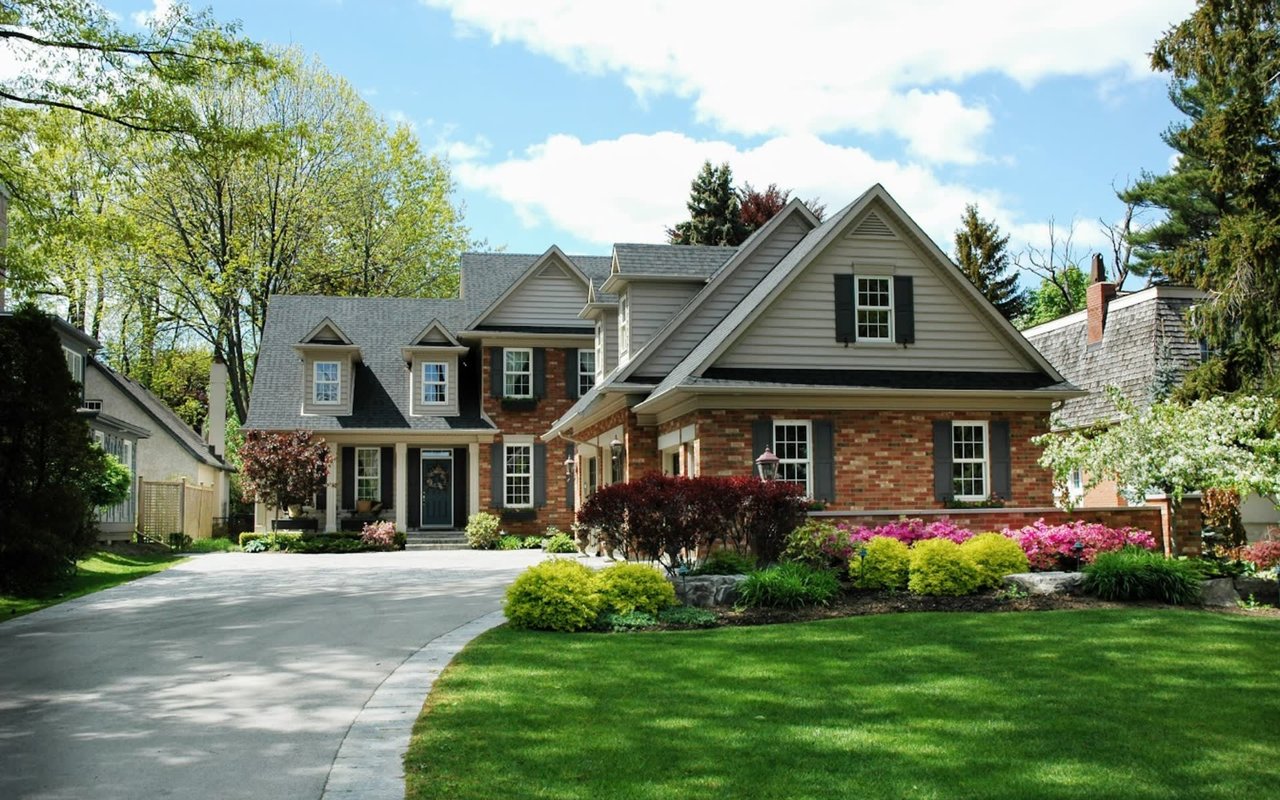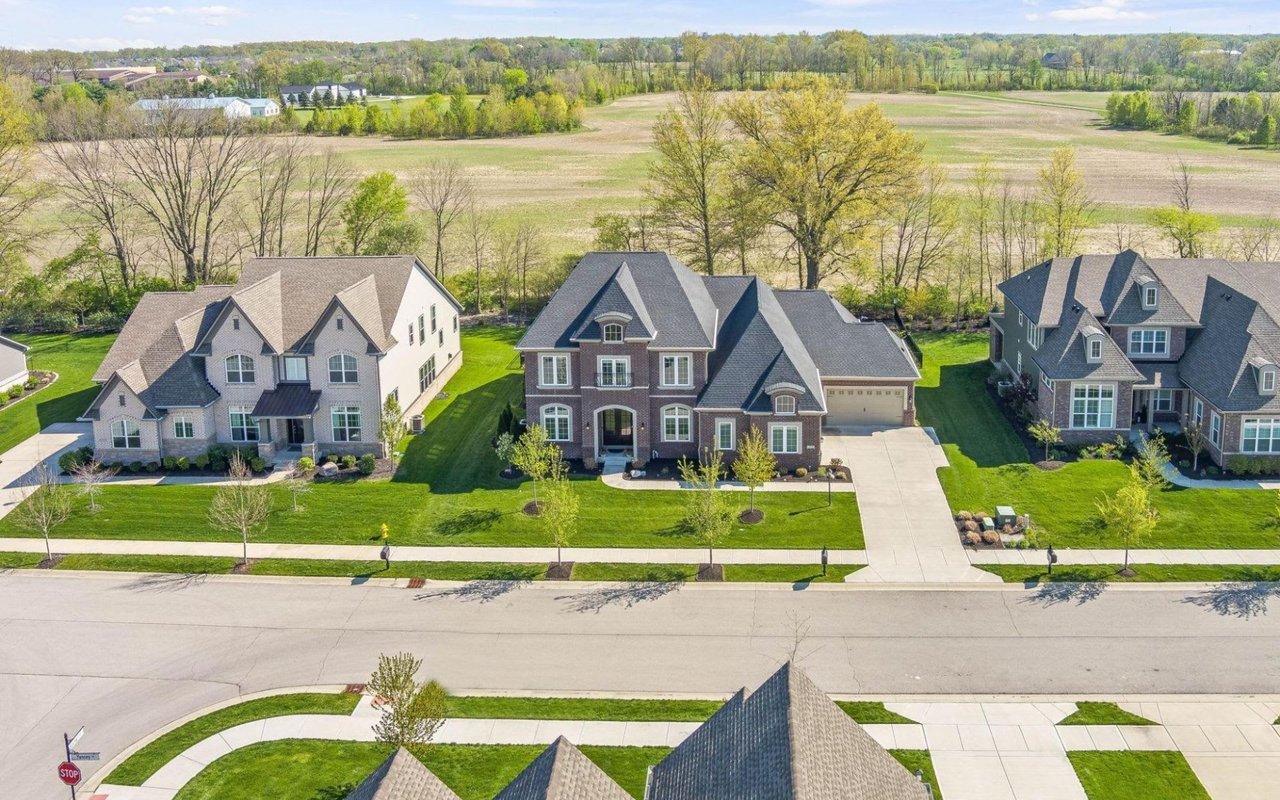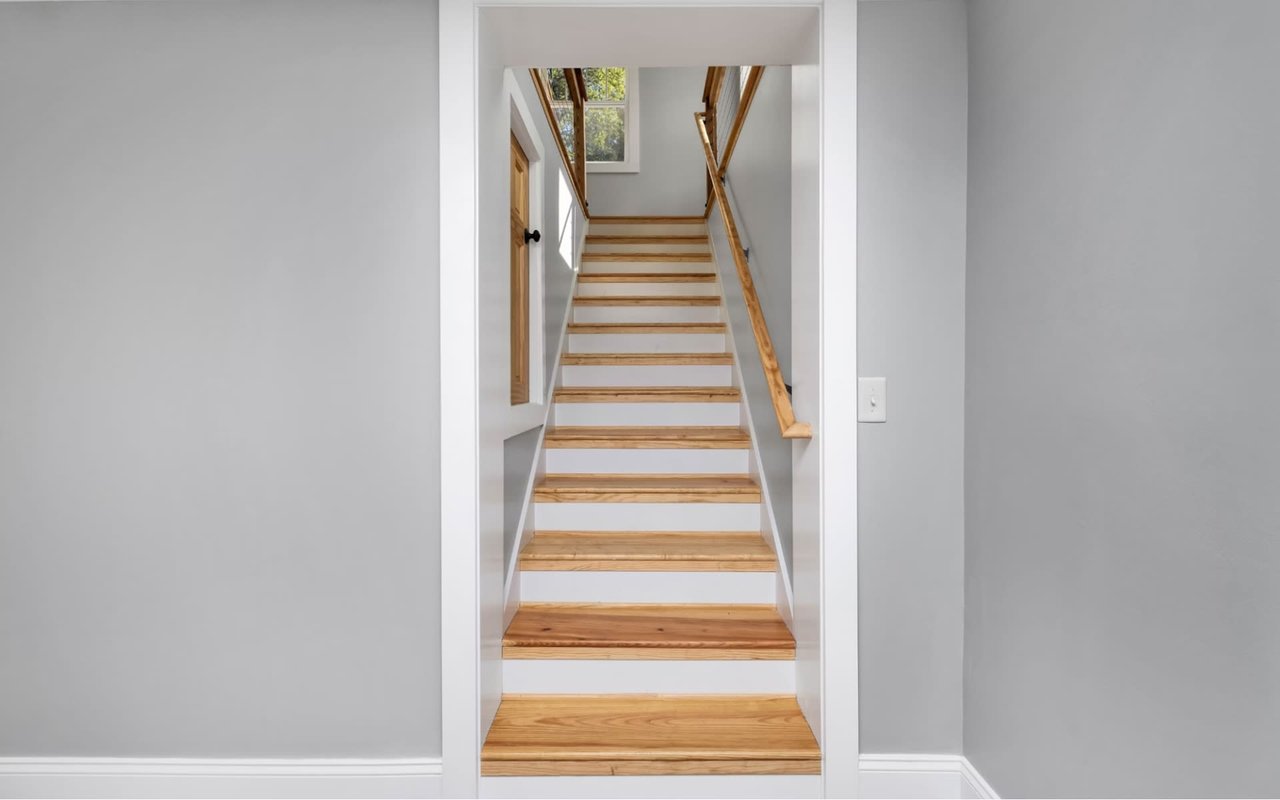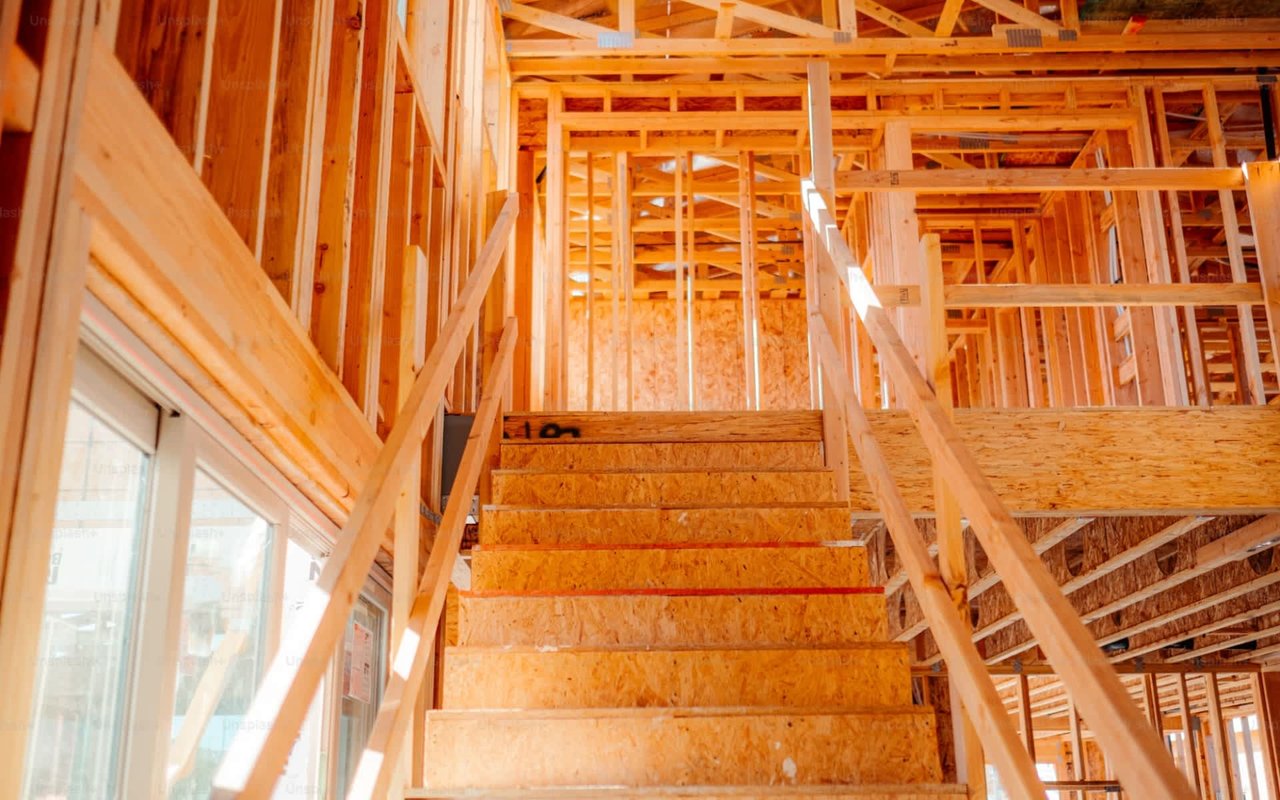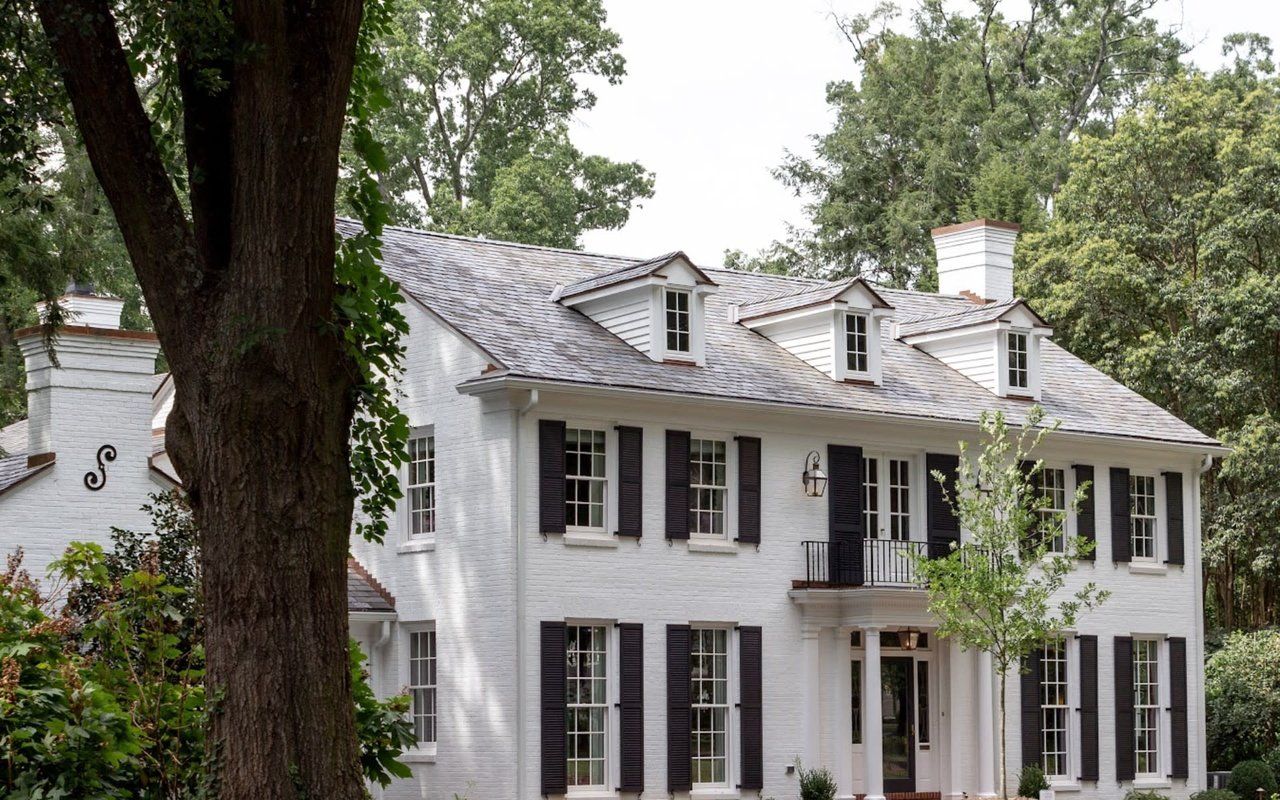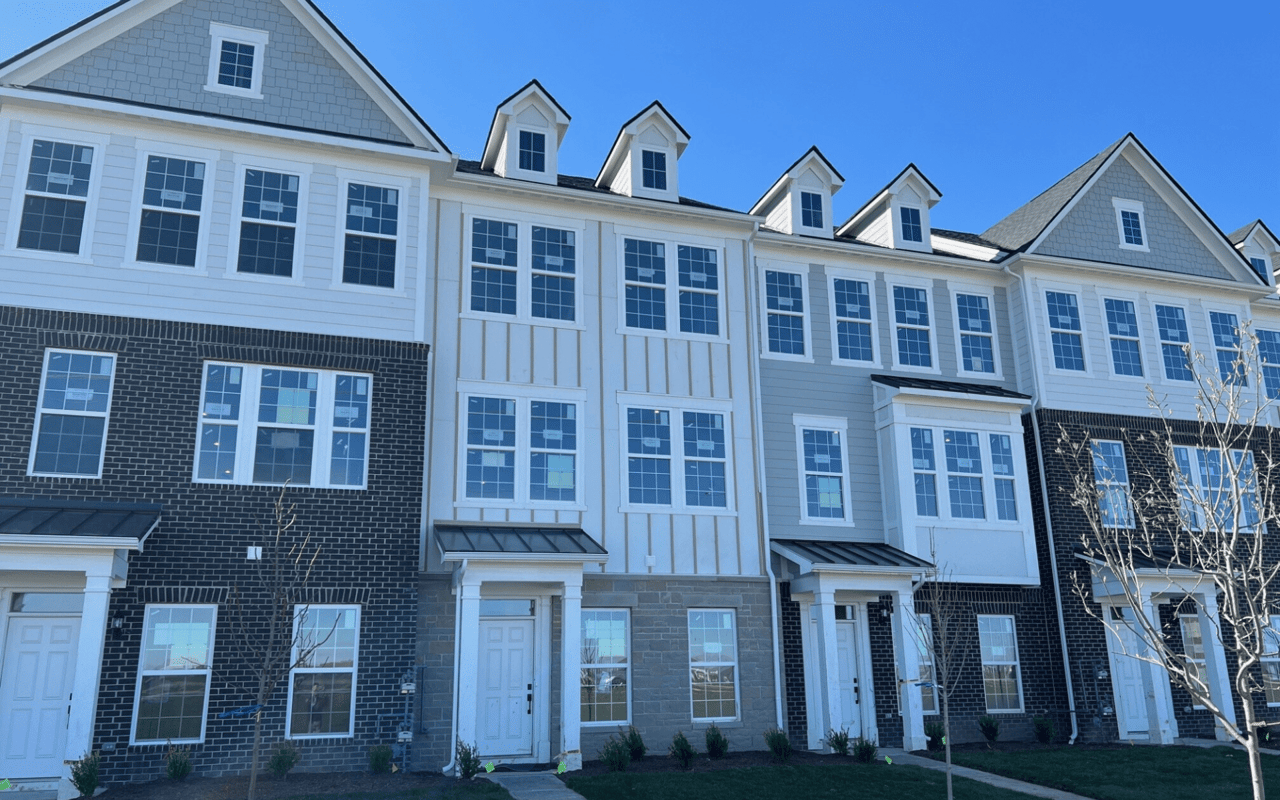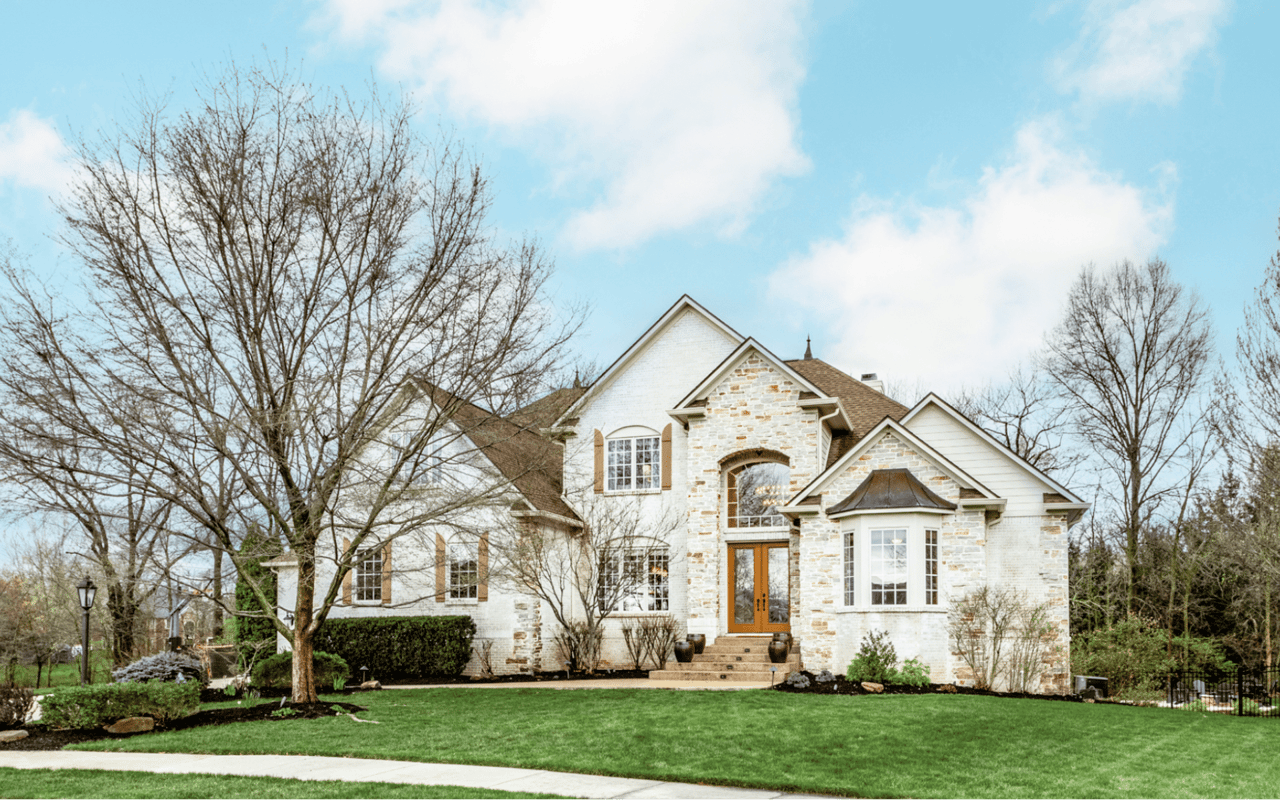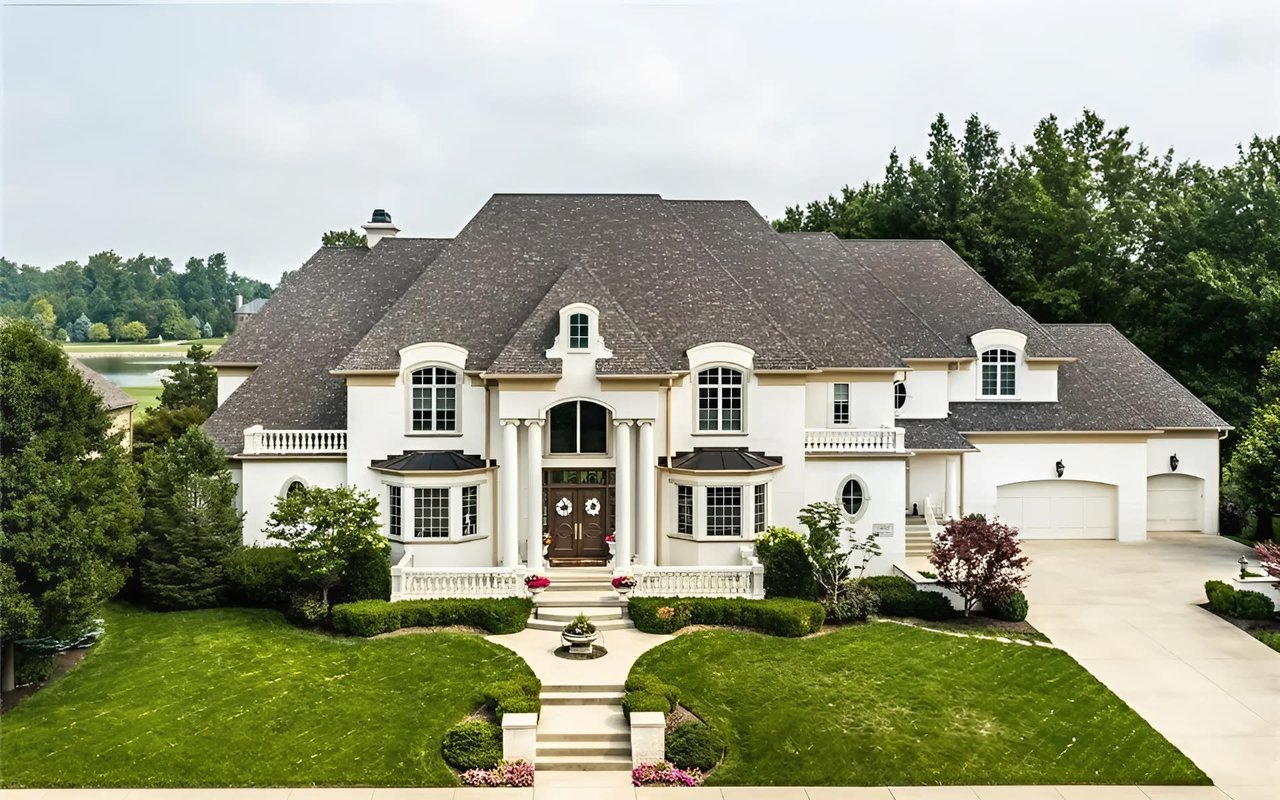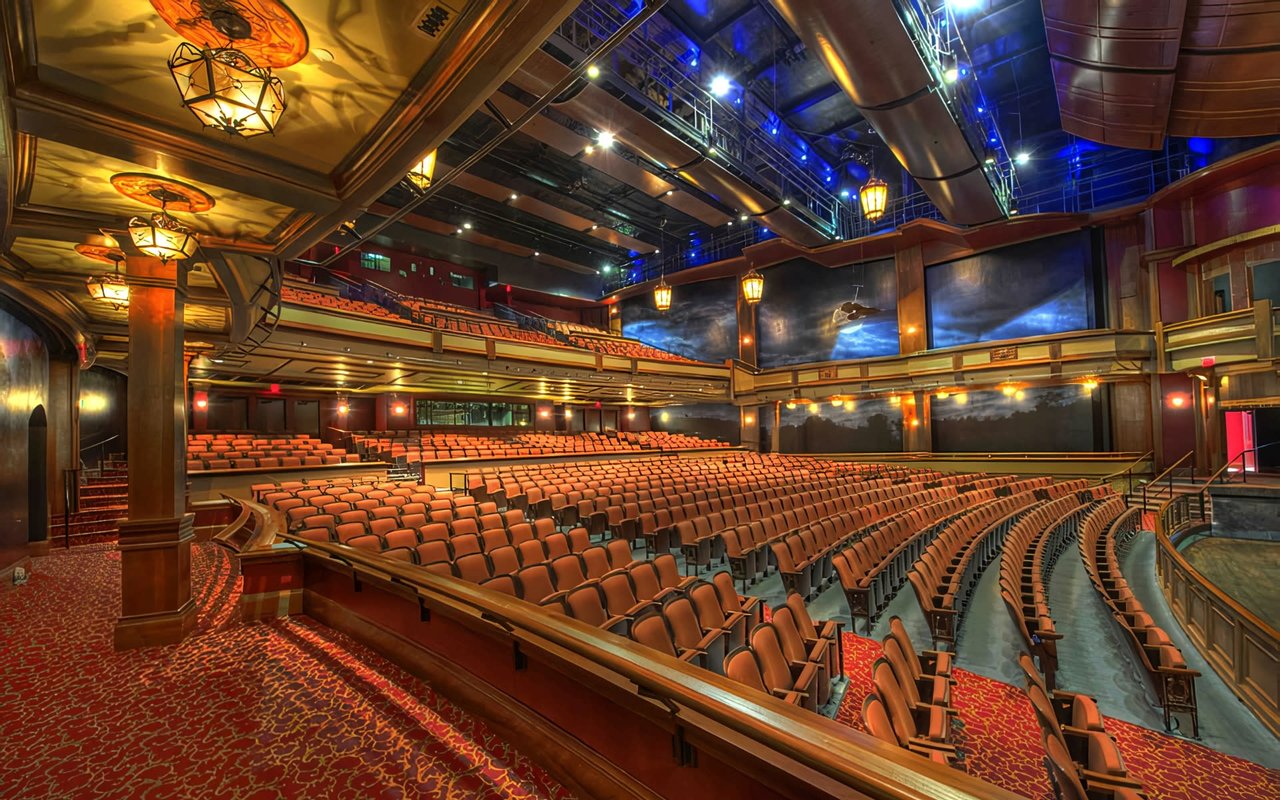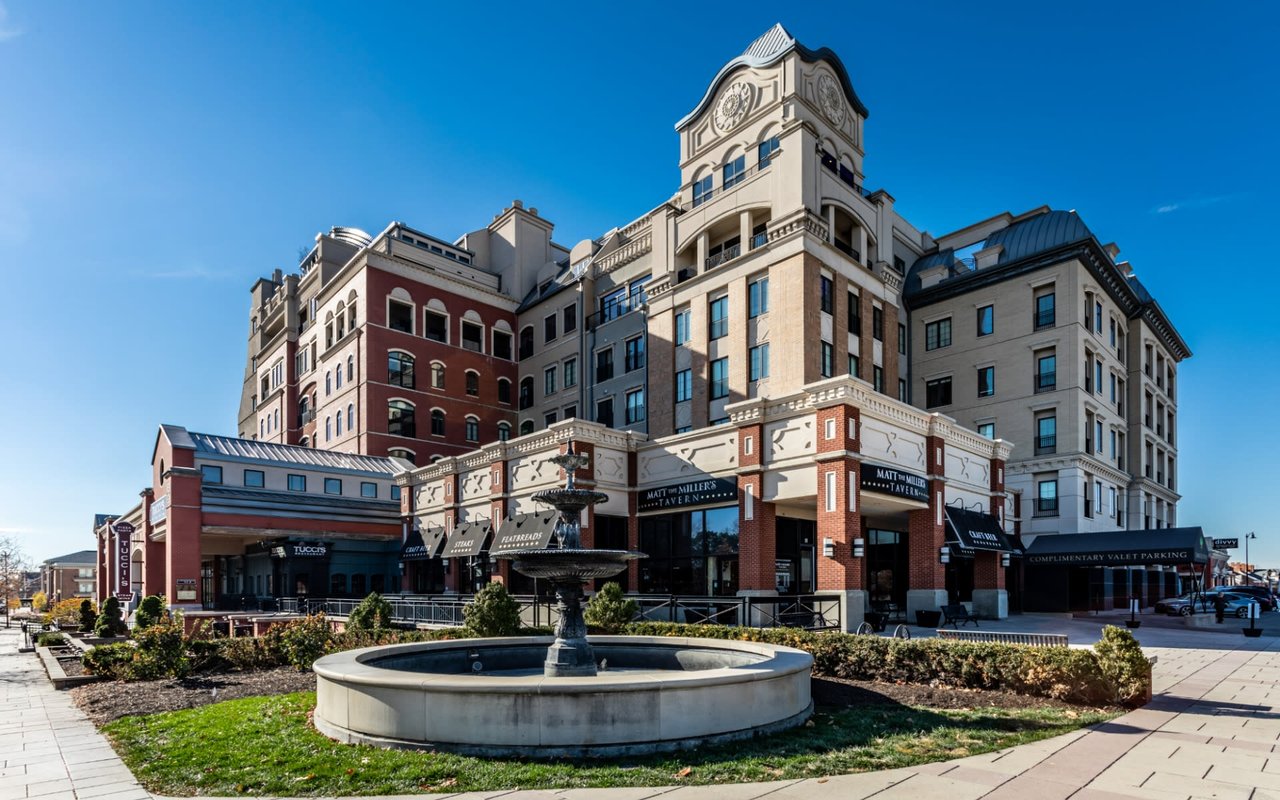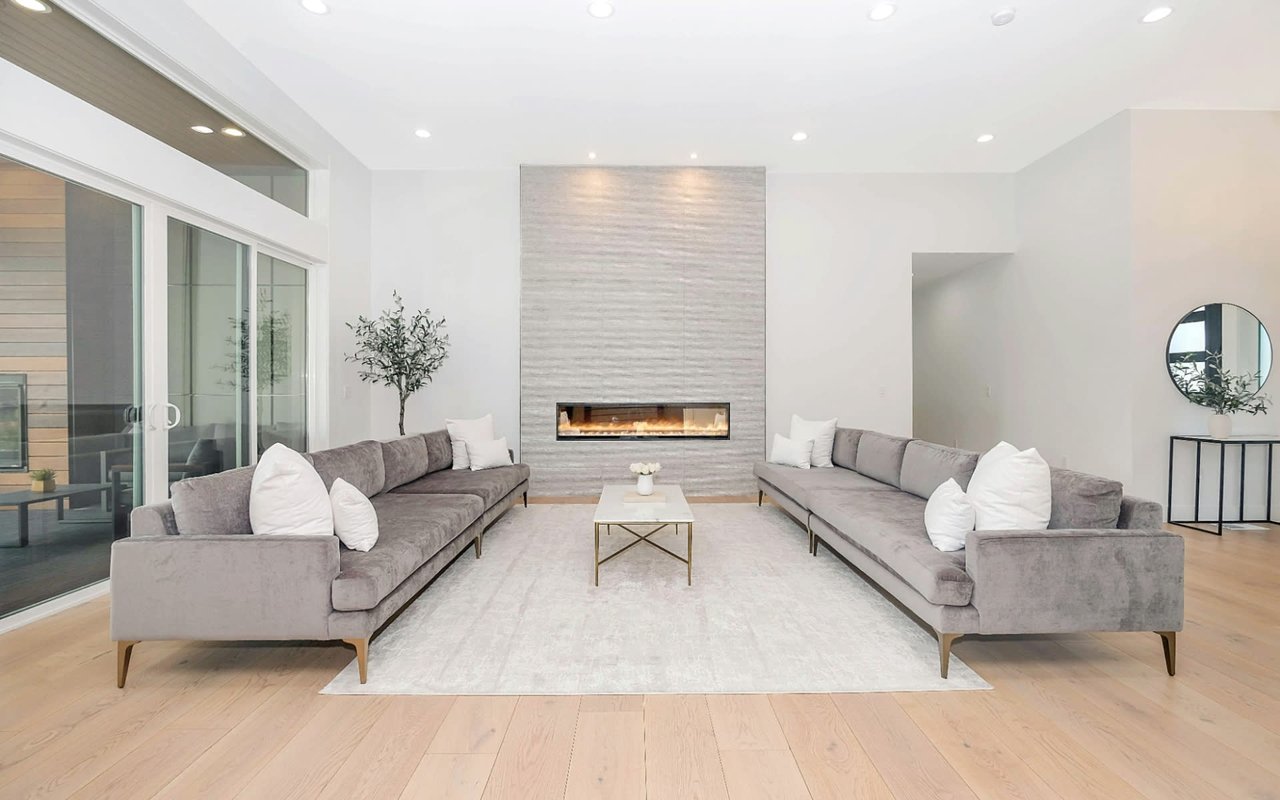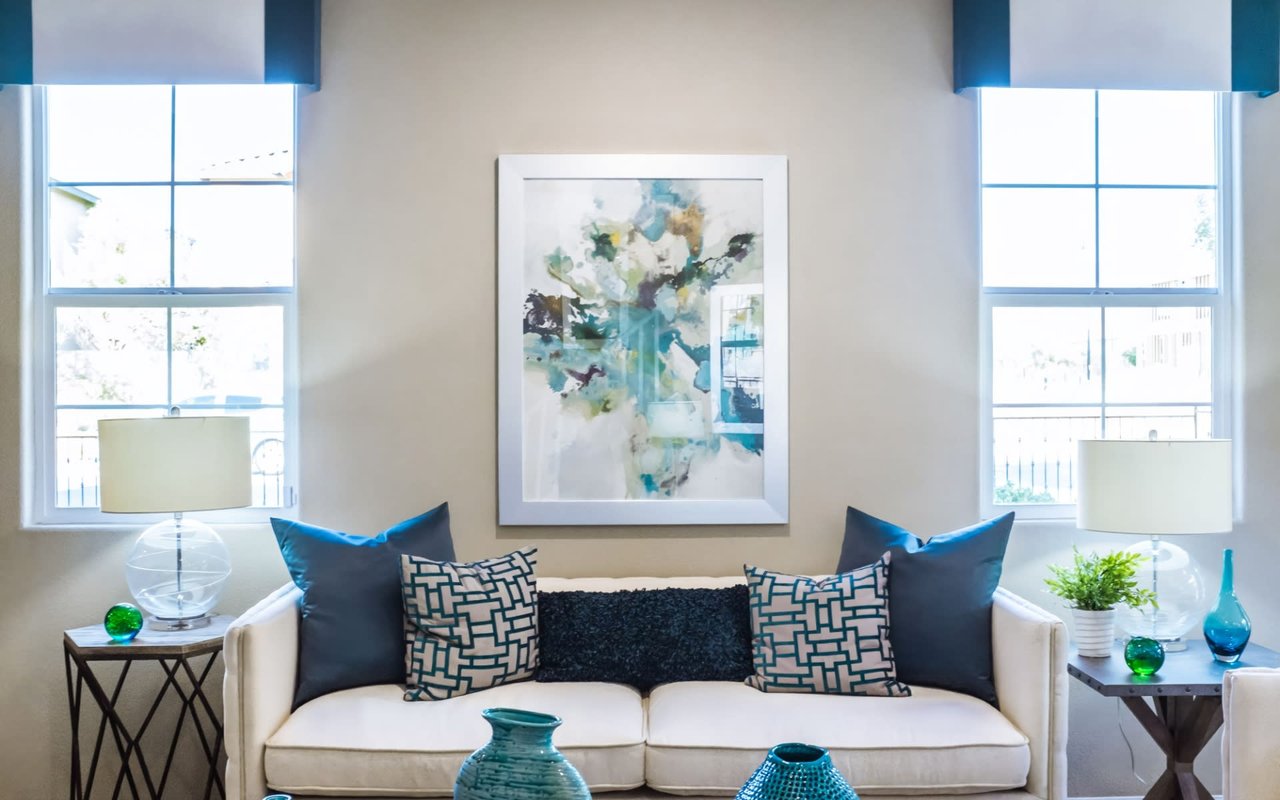Odds are, we all admire those gorgeous homes in magazines with impeccable design, coordinated colors, and luxurious touches. The charm, the ambiance, and the sheer comfort — these are what every seller wishes to impart to potential buyers when they tour a property. And thanks to the art and science of home staging, this dream can be a reality. According to the National Association of REALTORS®, 58% of buyers' agents cited that home staging had an effect on most buyers' view of the home most of the time, while 31% said that home staging has an effect, but not always.
The meaning behind home staging
Home staging is more than merely decorating or adding a few throw pillows here and there. It's a meticulous process of making a home look its best to appeal to as many potential buyers as possible. It's about enhancing a property's best features, like the glistening hardwood floors or the spacious dining room, and minimizing any flaws. It's setting the stage for future buyers to fall in love with a space and see themselves living there on the day-to-day.
The significance of home staging
Staging a home is pivotal because it creates an emotional connection. Buyers don't just purchase a house; they buy a dream and lifestyle. Home staging efforts transform empty spaces into warm, inviting homes where buyers imagine creating memories. From the moment a prospective buyer steps through the front door, they should feel welcomed, comforted, and at home.
Delving into home staging possibilities
From DIY home staging tips found online to hiring professional home stagers, sellers have a plethora of options to spruce up their homes for sale. They can rent furniture, pull in outdoor furniture, or simply use what they have in new, innovative ways. Whether it's hanging light-colored curtains to let in more natural light or adding table lamps to brighten up dark corners, the possibilities are endless.
Opting for DIY home staging
Yes, many sellers take on the home staging process themselves. DIY home staging tips abound on the internet, from online listings to the Real Estate Staging Association's resources. Sellers can save money, express their personal style, and even have a bit of fun in the process. However, they need to remember the aim is to appeal to a broad range of prospective buyers, so it might mean putting away family photos and personal items.
Engaging real estate agents in the staging process
Real estate agents wear many hats, and some offer staging tips as part of their services. These professionals know what most buyers are looking for and can give pointers on how to make each room feel spacious, how to bring in more light, or even where to place that cozy throw on the living room sofa. It's a collaborative effort, ensuring the home is showcased in the best possible light.
The role of professional home stagers
Professional home stagers are the magicians of the real estate world. They can transform a cluttered children's bedroom into an entertainment room or turn a gloomy basement into a finished basement retreat. With expertise in interior design, they know how to position furniture, choose colors, and accessorize to make the whole house shine. They see the potential in every space and bring it to life.
Breaking down home staging expenditures
The cost of home staging varies based on several factors, from the size of the home to the extent of services required. As per the National Association of REALTORS®, in 2019, the home staging cost averaged $400. However, many believe this is a worthwhile investment. Hiring a professional stager might seem like an additional expense, but when considering the potential dollar value buyers are willing to pay for a well-staged home, it often pays off.
Is home staging worth the investment?
When weighing the pros and cons of home staging, sellers often come to the realization that a well-staged home is invaluable. It creates an environment where potential buyers can visualize their future, turning an empty space into a canvas of possibilities. Most buyers, influenced by home staging efforts, see more than just four walls—they see holiday dinners in the dining room, cozy movie nights in the living room, and children's laughter in the bedrooms. By investing in the staging process, sellers are not only enhancing their home's selling price but crafting a narrative that tugs at the heartstrings of potential buyers.
Budget-friendly home staging strategies
Home staging doesn't necessarily mean breaking the bank. With a few DIY home staging tips, sellers can make significant transformations without hefty price tags. Repurposing outdoor furniture for an indoor setting, pulling furniture from storage, or even simply rearranging existing pieces can work wonders. Adding affordable throw pillows, hanging light-colored curtains for more natural light, and using table lamps to brighten dark spaces can also make a profound difference.
Capturing the essence: Staging for photographs
In the digital age, where most buyers begin their home search online, photographs can make or break a listing. To stage a house for pictures, ensure all the lights are on, declutter every visible area, and focus on key rooms like the master bedroom, living room, and dining room. Professional stagers often recommend removing personal photographs, pulling back dark curtains to let in light, and placing potted plants for a touch of green. A well-photographed, well-staged home can captivate prospective buyers even before they step through the front door.
Expert home staging tips
Declutter
Every space should breathe. Remove unnecessary furniture, clear countertops, and maximize storage space. Potential buyers should see the home, not the clutter.
Deep clean
From gleaming hardwood floors to a spotless white shower curtain in the bathroom, cleanliness speaks volumes. It shows care, pride, and attention to detail.
Patch and repair
Minor imperfections can distract. Whether it's a chipped paint spot or a loose toilet seat, addressing these tiny details can make a world of difference.
Depersonalize the space
Potential buyers should envision their family portraits on the walls, not yours. Store away personal items and family photographs, making the home a blank canvas.
Choose neutral colors
While personal style might lean towards bold hues, neutral colors appeal to a broader audience, making spaces feel larger and more inviting.
Make use of natural lighting
More light makes rooms feel spacious and warm. Hang light-colored curtains and ensure windows are clean, allowing as much natural light as possible.
Rearrange your furniture
The layout should guide potential buyers through the home effortlessly. Pull furniture away from walls, creating intimate settings and clear pathways.
Make sure rooms are well-defined
Each space should have a clear purpose. Whether it's an entertainment room or a finished attic study, clarity is key.
Improve curb appeal
The journey begins at the front door. Freshen up the outdoor living space, paint the front door, and ensure the pathway is inviting.
Pitfalls: What to avoid in home staging
Overpersonalizing, leaving out heaps of personal items, or overcrowding rooms with furniture can be detrimental. A well-staged home should strike a balance, feeling lived-in yet neutral enough for buyers to imprint their own dreams.
FAQs about home staging
What happens to furniture after staging?
Most of the time, if the furniture is rented from a home staging service, it's returned once the house is sold or the contract ends. Sellers can also choose to buy the pieces if they appeal to them.
Is it better to sell a house empty or staged?
While an empty house shows the space available, staged homes often sell faster and for more money. Staging paints a picture, saves buyers from guessing, and typically results in a quicker sale.
Should you set the table when staging a home?
A staged dining table can evoke feelings of family dinners and festive gatherings. It can be a delightful touch, allowing potential buyers to imagine entertaining in the space.
What's the difference between home staging and interior design?
While both involve beautifying spaces, home staging is about depersonalizing and presenting the home in a way that appeals to the broadest range of potential buyers. In contrast, interior design is about tailoring a space to the specific tastes and needs of the homeowner.
In conclusion, a well-staged home doesn't just look like it's straight out of a magazine, but it feels warm, inviting, and like a place where new memories await. Whether you're opting for DIY home staging tips or bringing in the pros, remember that every detail, every throw pillow, and every potted plant can make all the difference in crafting the perfect narrative for potential buyers. After all, a house is not just walls and floors; it's a story waiting to be told.
About The Carrie Holle Group
Are you ready to find your dream home? Whether you are searching for historic estates or single-family homes for sale in Carmel, you need a reliable, trustworthy real estate team who will be by your side every step of the way—looking for top-notch agents? Look no further than the Carrie Holle Group! They passionately transform homes into cherished memories and dreams, delivering unparalleled service and expertise. If you're considering buying or selling or have questions regarding the Indiana property landscape, they are your go-to experts in Carmel, Westfield, and Zionsville real estate. Call them if you’re ready to take your home search to the next level.
